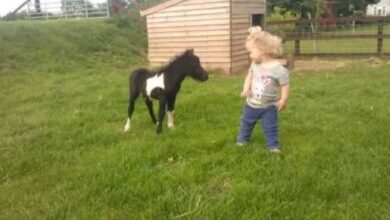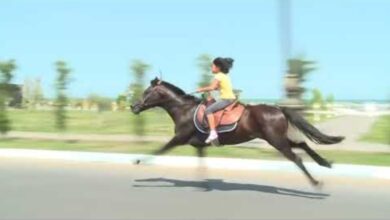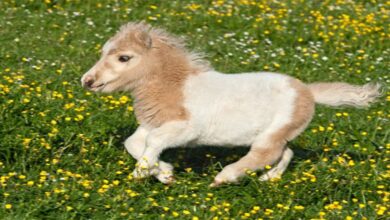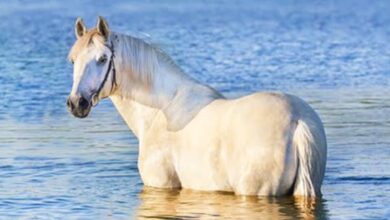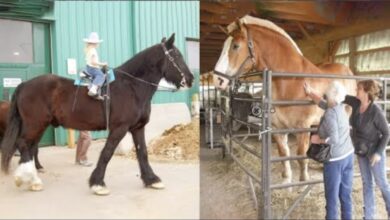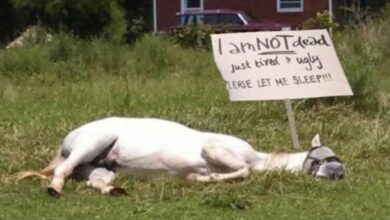Funny and Cute Horse Videos That Will Change Your Mood For Good
Three of the horses, with remains from Wyoming, Kansas and New Mexico, date to before the Pueblo Revolt. And rather than simply roaming the countryside on their own, the horses appear to have been part of Native American culture. Dental damage on one horse and bony growths on the skull of another suggest people had put bridles on the animals, per Science News’ Bruce Bower. Certain chemical elements in the creatures’ teeth signaled they ate maize, an Indigenous crop. And another horse had a healed facial fracture, meaning it might have been given veterinary attention, per Live Science.
The researchers compared the ancient horses’ DNA with that of modern horses and found that the centuries-old equines had largely Spanish ancestry. Together, the findings suggest horses spread “from Spanish settlements in the American Southwest to the northern Rockies and central Great Plains by the first half of the 17th century,” per the paper.
The research “provides exciting new evidence” that “clearly shows horses spread along Native social networks in North America,” Nicole Mathwich, an archaeologist at San Diego State University who did not contribute to the research, tells Live Science.
The findings also highlight the importance of Indigenous oral traditions in understanding history, says co-author Yvette Running Horse Collin, an evolutionary geneticist at the Center for Anthropobiology and Genomics of Toulouse in France and a member of the Oglala Lakota Nation, to the AP.
“Our cultures have been so misrepresented for so long,” she says to the publication. “Too often history has been told around us, without us.”
